1. Blowing on Nintendo Cartridges
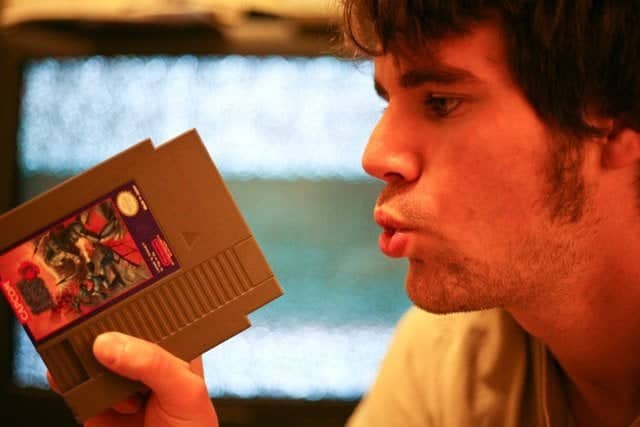
Imagine waiting three days to see if a photo turned out, or running home to check the answering machine instead of checking your phone. In the 1990s, these were everyday parts of life. Games didn’t come as downloads; they were chunky plastic cartridges that often froze in the middle of a level. The universal fix was to yank it out, blow into the opening, and shove it back in, believing your breath magically repaired the problem. The truth is, it rarely worked, but the ritual gave everyone hope. Kids today, raised on seamless downloads, would find it ridiculous. For us, though, it was part of the fun and frustration of gaming.
2. Recording Songs Off the Radio
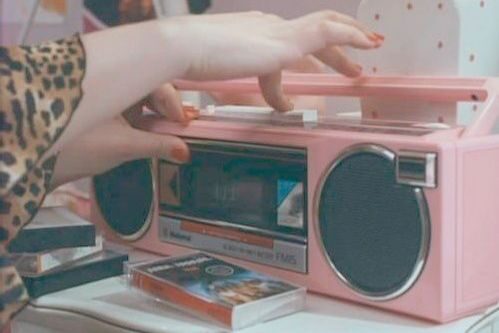
Creating your own playlist in the ’90s meant patience and timing. You sat with a cassette tape ready in your boombox, waiting for your favorite song to play on the radio. The moment it started, you hit record, hoping the DJ wouldn’t ruin it by talking over the intro. Sometimes you ended up with chatter, but other times you captured a perfect track. It could take hours to build a mixtape this way, and the results were far from polished. Still, those tapes felt special. Today’s kids can create playlists in seconds, but back then, recording songs was an act of love.
3. Developing Film at the Drugstore
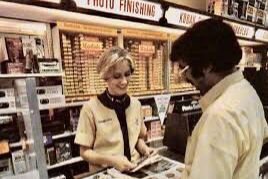
Photos weren’t instant. You snapped blindly, never sure if the picture turned out, and then dropped off the film at the local drugstore. After a few days, you picked up a packet of prints. Some photos were perfect, but plenty were ruined by bad lighting, blurry movement, or someone blinking at the wrong time. And yet, you paid for every single one because there was no delete button. That wait to see the final results made it exciting. Kids today, used to instant selfies and endless filters, will never know the anticipation of opening that packet of prints for the first time.
4. Using a Payphone
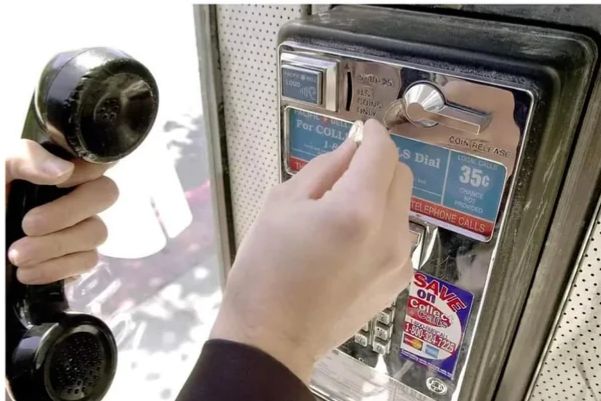
If you missed your ride or needed to call home, you did not pull out a smartphone. You hunted for a payphone, dug around for coins, and prayed it wasn’t broken. Payphones were everywhere, lined up in airports, malls, and gas stations. Making a call in public was normal, and sometimes you had to wait your turn. If you didn’t have change, you were out of luck. Today’s kids can’t imagine life without a personal phone in their pocket. Waiting in line to call someone sounds almost impossible now, but in the ’90s, it was a routine part of daily life.
5. Carrying Beepers and Pagers
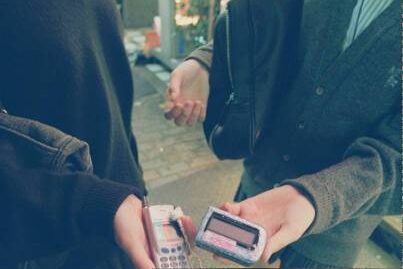
Before cell phones took over, pagers were the ultimate tool for staying connected. Clipped to belts or tucked into pockets, they buzzed when someone wanted to reach you. Teens turned it into a game, sending secret number codes like 143 for I love you. But the pager itself could only deliver the message that you should call back. That meant running to the nearest payphone to respond. For professionals, it was a sign of being important. For kids, it was simply cool. Now that we have smartphones doing everything at once, pagers seem silly, but in the ’90s they meant status.
6. Dial-Up Internet
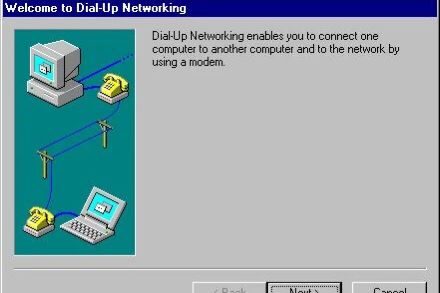
Getting online in the 1990s wasn’t instant. You had to disconnect the house phone so the computer could use it. Then came the screeches and beeps of the modem dialing in, followed by a slow connection that could cut off at any moment. If someone picked up the phone, your internet session ended immediately. Websites loaded slowly, and even checking your email could take ages. Yet we thought it was incredible. Kids today who are used to Wi-Fi everywhere would find it unbearable. Back then, waiting through the noise and delays was just the price you paid for exploring the internet.
7. Printing Out Directions
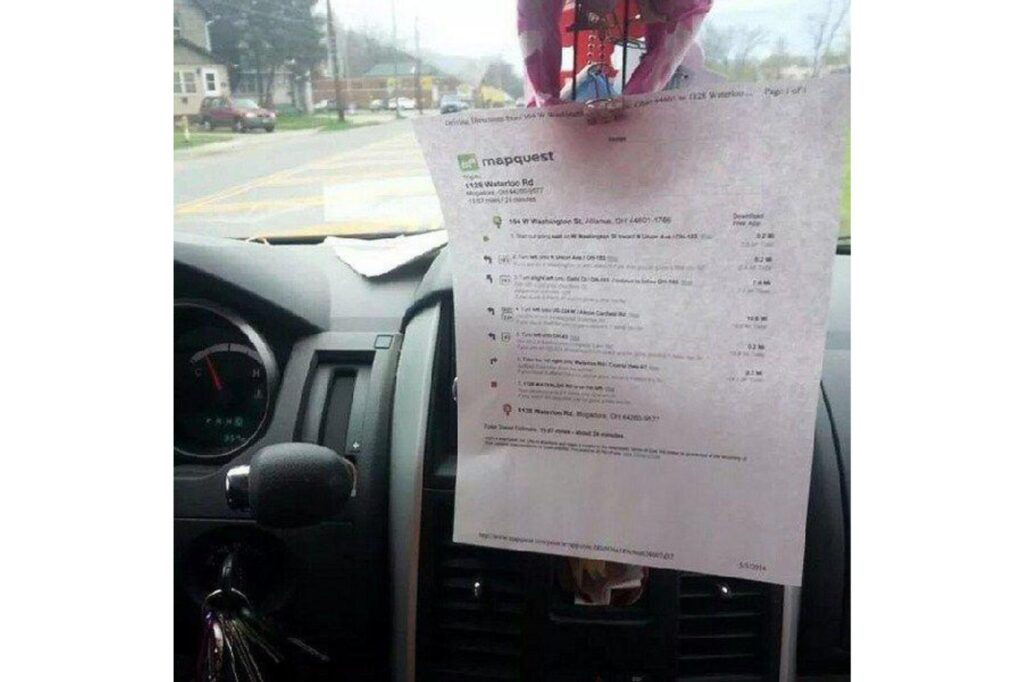
Planning a trip didn’t mean pulling up a map on your phone. In the ’90s, you typed your destination into MapQuest or another site, hit print, and carried a stack of directions with you. Each page listed turns in detail, and if you missed one, you were on your own. There was no automatic rerouting. Sometimes you stopped to ask strangers for help or unfolded a giant paper map. Kids today rely on real-time GPS with voices guiding every turn. Back then, those printouts were your lifeline, and forgetting them at home could completely change how your trip turned out.
8. Waiting for Photos to Load Online
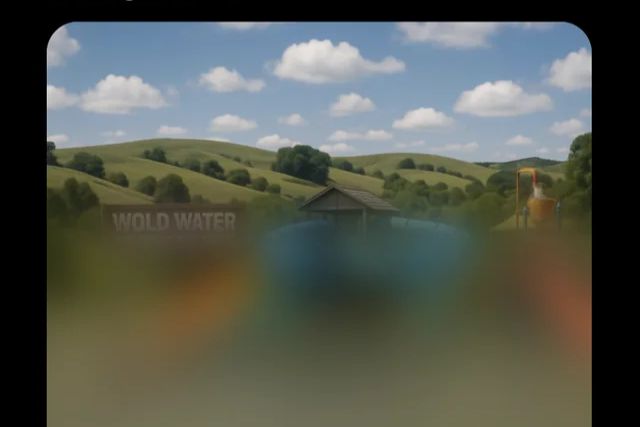
Seeing pictures online was an exercise in patience. Images appeared one line at a time, crawling down the screen slowly. You stared, waiting for the full photo to reveal itself, hoping no one picked up the phone and ruined the connection. If they did, everything stopped and you had to start again. The process could take minutes for a single picture. Now, kids get frustrated when a video buffers for a few seconds. In the ’90s, this was simply normal. Waiting made every photo feel like a small victory, even if the image was pixelated and far from clear.
9. Saturday Morning Cartoons
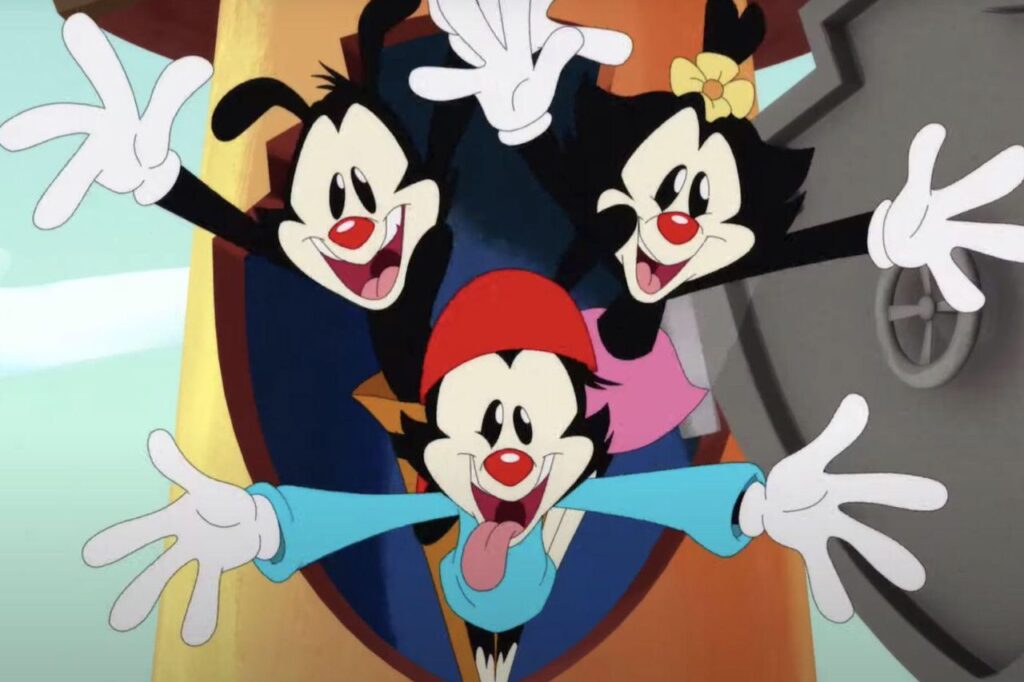
Cartoons weren’t available at the push of a button. Kids woke up early on Saturday mornings because that was the one time of the week networks filled hours with animated shows. Animaniacs, X-Men, and others became appointment viewing. If you missed an episode, you couldn’t just catch up later. You had to wait months for a rerun. Saturday mornings became sacred to kids, a time no one dared interrupt. Today, children can binge entire seasons whenever they want, but the anticipation of Saturday mornings gave those shows a special magic that streaming can never really replace or recreate.
10. Listening to Answering Machine Messages Together
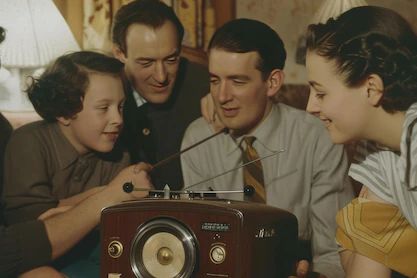
Before voicemail, homes had answering machines with small cassette tapes inside. When you missed a call, the red light blinked and the whole family gathered to press play. Every message played out loud for everyone to hear. Privacy wasn’t really possible. If you were waiting for your crush to call, your parents and siblings probably heard their voice too. Some families even recorded silly greetings that embarrassed kids later. Today, kids keep their calls and texts private, but in the ’90s, everyone shared in the drama of who called and what they said. It was personal yet public all at once.
11. Rewinding VHS Tapes
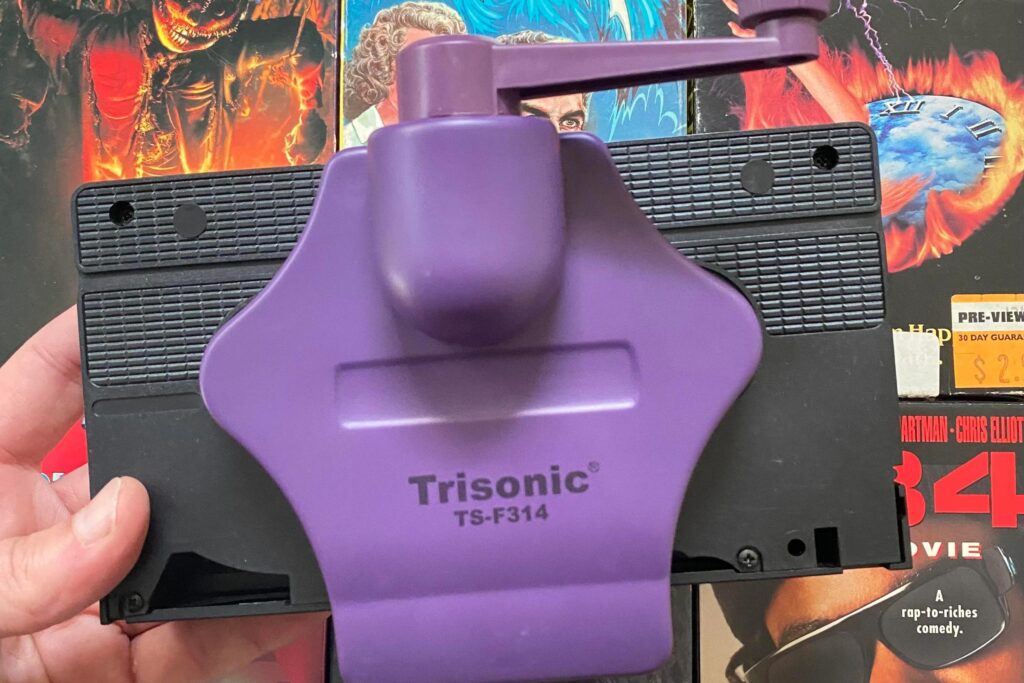
Watching a movie at home in the 1990s often ended with a chore. VHS tapes had to be rewound before you returned them to the rental store. Forgetting meant extra fees. Stores even posted signs that said Be Kind, Rewind. Some people bought separate rewind machines that spun the tape quickly, saving wear on the VCR. Kids today will never know the hum of a tape rewinding or the panic of realizing you forgot before heading back to Blockbuster. It seems silly now, but in those days, rewinding was just part of how you showed respect for the next viewer.
12. Renting Movies at Blockbuster
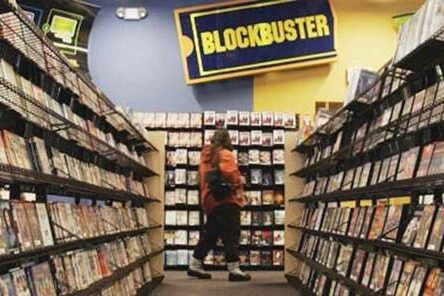
Friday nights in the ’90s meant a trip to Blockbuster or the local rental shop. Families wandered aisles filled with movie cases, hoping the newest release wasn’t already checked out. If it was, you picked something else. Late fees piled up if you forgot to return tapes on time, but the ritual of browsing was half the fun. People bumped into neighbors, debated choices, and sometimes spent longer picking than watching. Today’s kids click on streaming apps to watch instantly. Back then, renting movies was a social outing that shaped weekend routines, filled with both excitement and occasional disappointment.
13. Using Floppy Disks
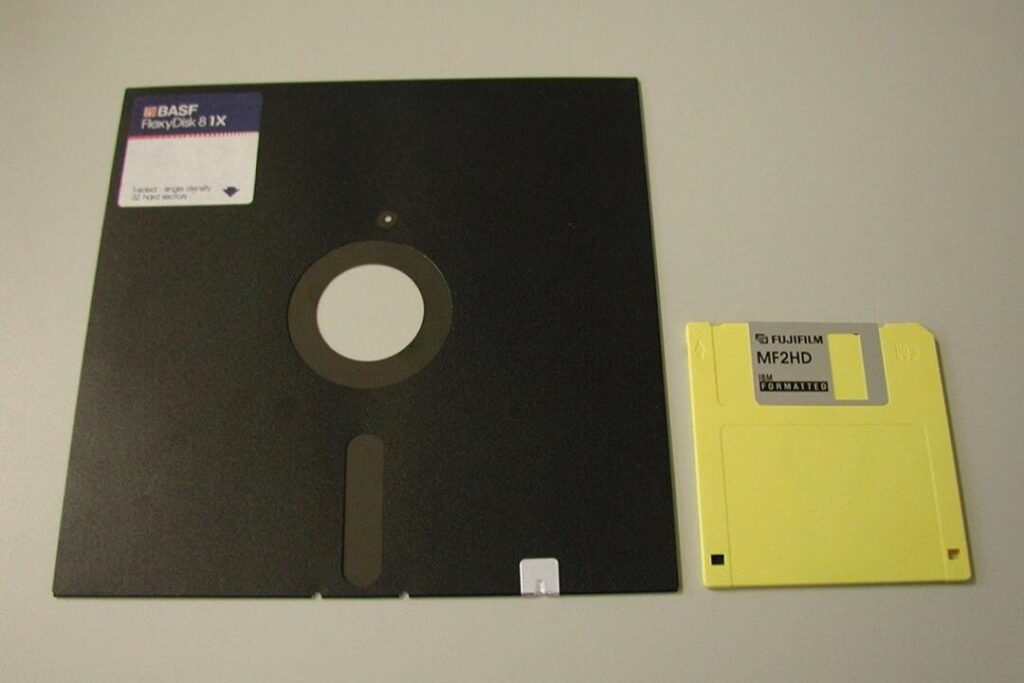
Storing schoolwork or games in the 1990s meant relying on floppy disks. These thin plastic squares held a tiny amount of data by today’s standards. If you forgot your floppy at home, your assignment was as good as gone. They were fragile too, easily ruined by magnets or a bend in the corner. Kids today only know them as the save icon, but once, they were essential tools. Students carried stacks of them in cases, hoping they wouldn’t break. By comparison, modern flash drives or cloud storage seem miraculous. In the ’90s, floppy disks were all we had, and we managed.
14. Making Collect Calls
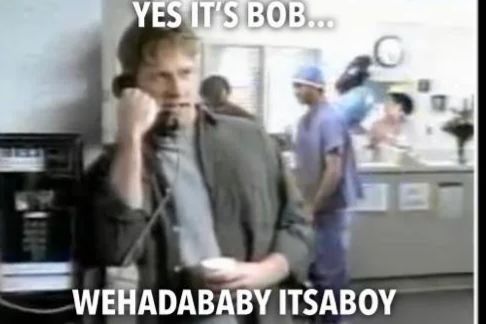
When you ran out of coins for a payphone, you made a collect call. The operator asked for your name, and clever kids learned to squeeze the entire message into that space. Messages like MomPickMeUpAtMall were common. Parents would decline the charges but still get the information. It was a trick that worked surprisingly well. Today, texting makes communication instant, but back then, you had to rely on little hacks to get your point across. It might sound silly now, but those quick collect call codes saved plenty of kids from being stranded without any way to contact home.
15. Taping TV Shows on VHS
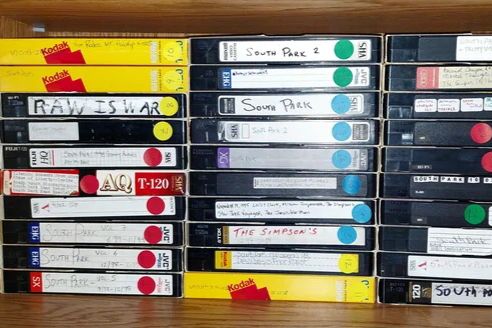
If you couldn’t watch your favorite show live, you recorded it on VHS. This meant setting the VCR’s timer correctly, a task that often confused people. If you messed up, you missed the entire program. Collecting whole seasons meant stacks of bulky tapes, each carefully labeled. Watching later wasn’t instant or perfect, but it gave you a chance to catch what you missed. Today, streaming makes everything available anytime, but in the ’90s, taping shows required planning and patience. It was far from convenient, but it gave you control in a time when shows only aired once and then disappeared.
16. AOL Chat Rooms
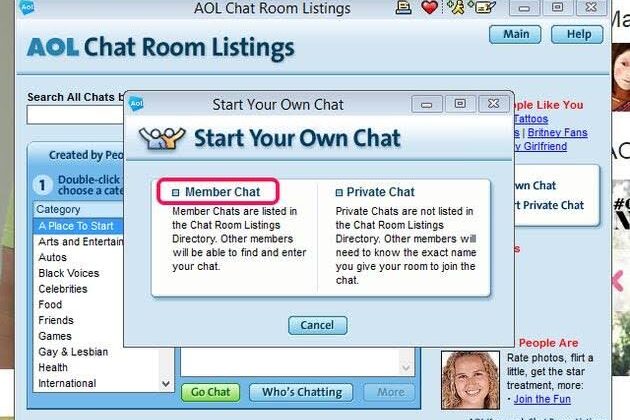
Before social media, kids flocked to AOL chat rooms to connect with strangers. You logged in with a screenname, waited for the slow text to load, and joined conversations filled with people from all over. The connections were clunky and anonymous, but they felt exciting. Parents worried about who was really behind the usernames, but for many kids, it was their first experience of online community. Today, instant messaging and video calls make communication easy, but in the ’90s, entering a chat room after the long dial-up process felt like stepping into another world, even if it was slow and simple.
17. Carrying a Walkman
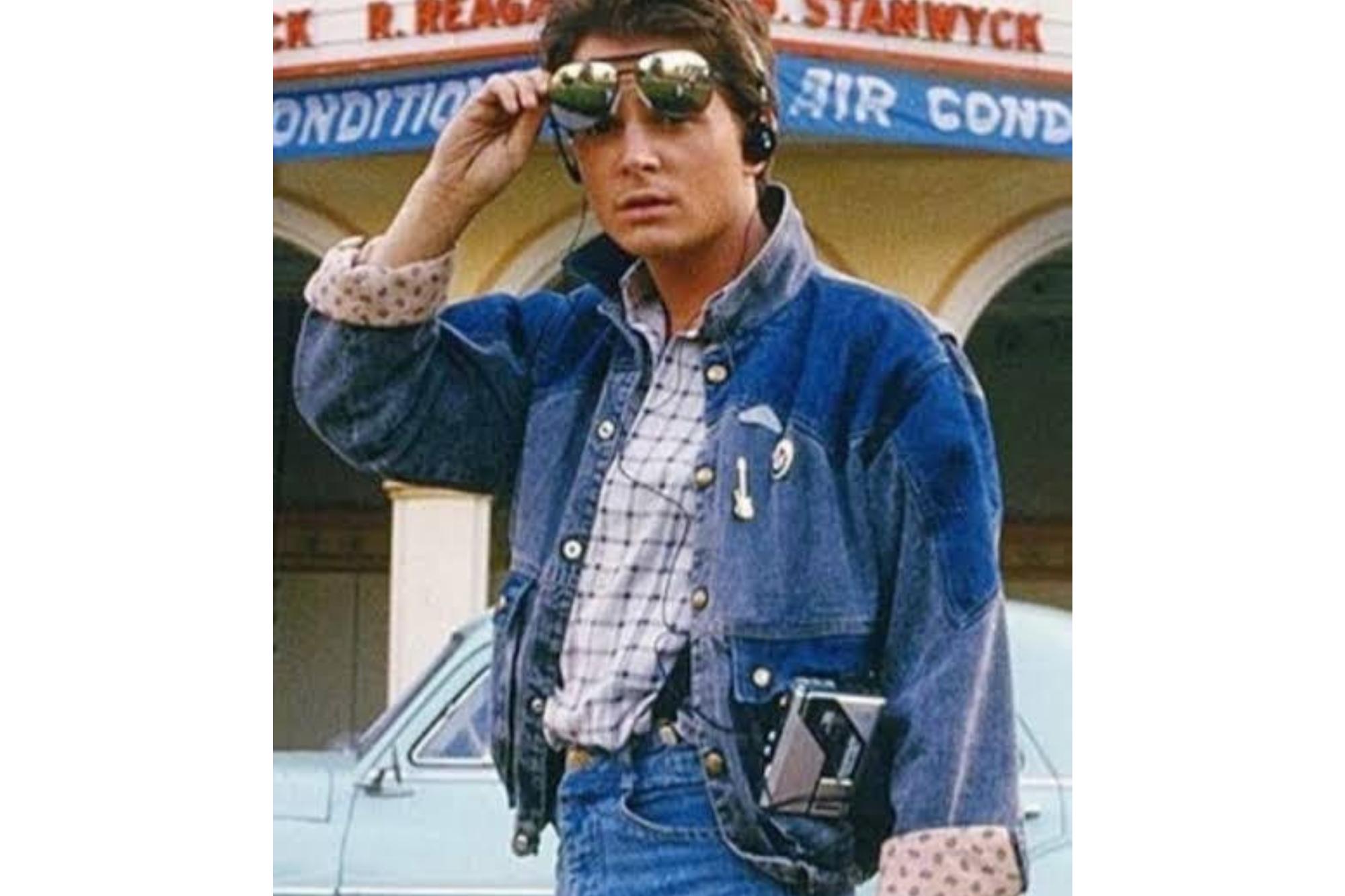
Music on the go wasn’t always as easy as pulling up Spotify. In the ’90s, kids carried cassette Walkmans, usually with a few extra tapes in their bags. Tangled ribbons were fixed with pencils, and batteries drained faster than you wanted. Jogging or even walking too fast sometimes made the tape skip. Despite the hassle, having music in your pocket felt revolutionary. Today’s kids take streaming millions of songs instantly for granted, but back then, just being able to play your chosen album while riding the bus was the height of cool. The Walkman was bulky, imperfect, but absolutely beloved.
18. Collecting Pogs
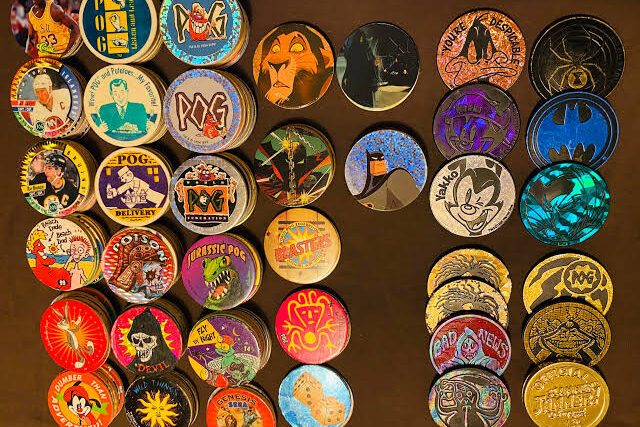
On playgrounds everywhere in the ’90s, kids collected cardboard discs called Pogs. The game was simple but addictive. You stacked them, slammed them with a heavier piece called a slammer, and kept the ones you flipped. Trading and comparing collections became a big deal, and playground bragging rights depended on how many you owned. The fad burned bright and then disappeared almost overnight. Kids today might laugh at the idea of cardboard circles being such a treasure, but losing a prized Pog felt heartbreaking. For a short time, though, Pogs were everything, proof that simple trends could capture an entire generation.
19. Watching Classroom Projectors
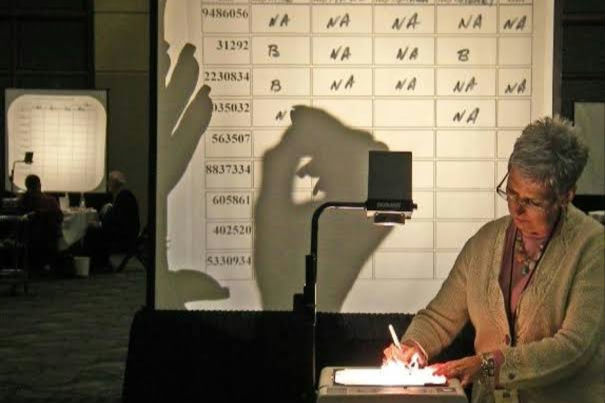
Movie day at school meant a teacher wheeling in a bulky television on a squeaky cart or firing up an overhead projector. The moment the projector whirred to life, the classroom buzzed with excitement. Transparent sheets filled with notes or grainy VHS tapes were a break from ordinary lessons. The technology was simple, sometimes unreliable, but it felt like a treat. Kids today can watch high-quality videos on tablets, but in the ’90s, those blurry visuals were a thrill. Watching something on a big screen in class felt special, even if the sound cracked and the film sometimes stopped midway through.
20. Caller ID Boxes
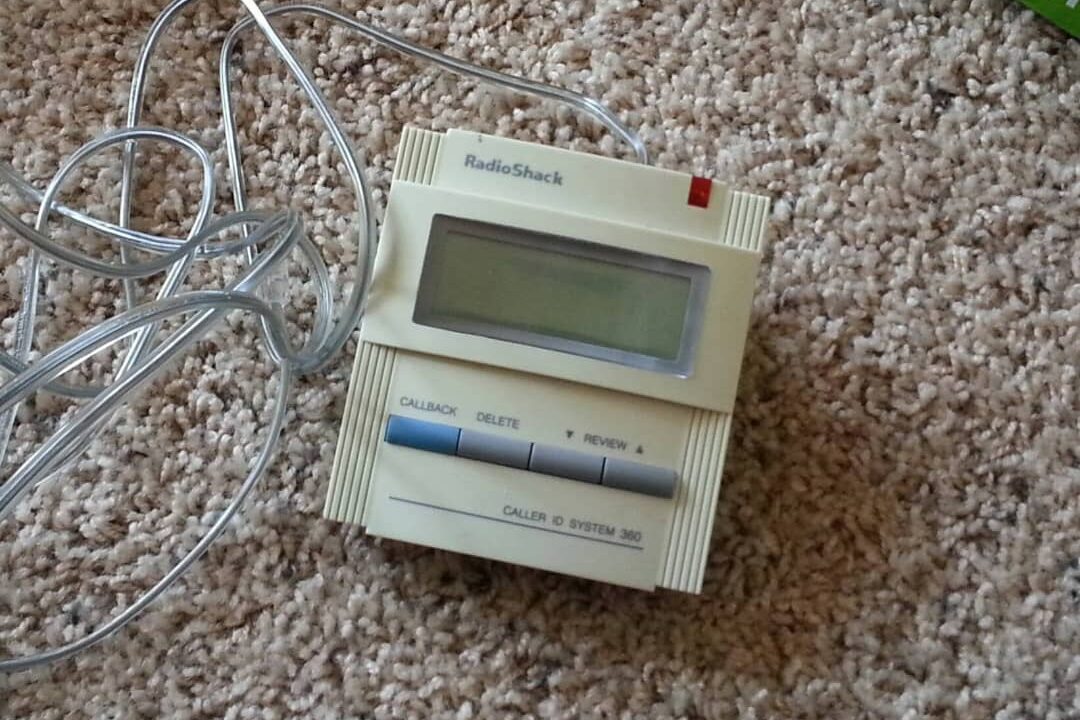
Before smartphones showed you who was calling, landline phones rang without warning. Caller ID came later, but it wasn’t built into the phone itself. Instead, you bought a separate glowing box that displayed the number. Seeing who was calling felt futuristic and gave you the power to screen calls for the first time. Families huddled around to see the number before answering. Today, kids see names, photos, and even histories attached to calls, but in the ’90s, that little glowing box was a revelation. It changed the way people answered the phone, adding a new layer of control to conversations.
21. Prepaid Phone Cards
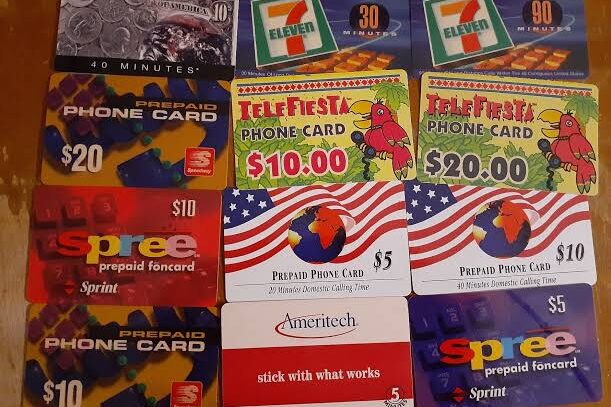
Long-distance calls were expensive, so families turned to prepaid phone cards. These came with long PIN codes you had to dial before making your call. The process felt endless, with numbers punched in one after another, but it was the cheapest way to connect with relatives far away. People carried the cards in wallets, ready for use. Today, kids can video chat across the world in seconds, but in the ’90s, prepaid phone cards were the lifeline for international connections. They may seem complicated now, but they once held the joy of hearing loved ones’ voices across oceans without breaking the bank.
22. Car Phones
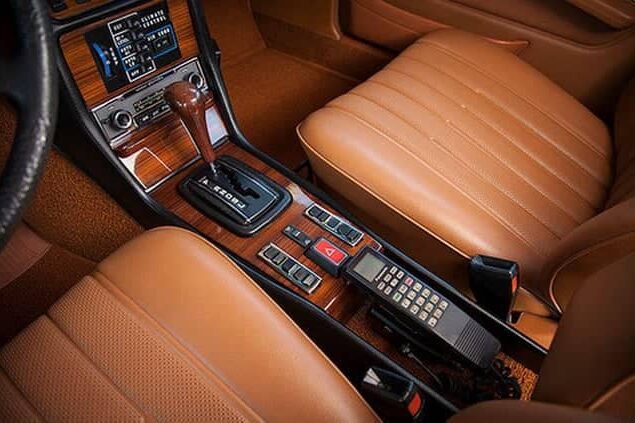
Before cell phones were common, some cars came equipped with phones bolted inside. These car phones were bulky, with cords and high costs, but they looked glamorous, especially in movies. Owning one felt like luxury, even if most people rarely used them. Compared to the tiny, powerful smartphones of today, car phones seem almost absurd, but in the ’90s, they represented progress. People marveled at the idea of making a call from the road. Kids today would laugh at a phone stuck inside a car, but for a while, they were a status symbol, proof that you were ahead of the curve.
23. Paper Phone Books

Looking up a number didn’t involve asking Siri or searching online. Every household had a set of massive phone books filled with white pages for residents and yellow pages for businesses. Flipping through the thin paper left ink on your fingers, but it was the only way to find information. People even tore pages out for quick reference. Today’s kids have no need for heavy books when a search engine does the job instantly. In the ’90s, though, those bulky directories were essential, sitting near the landline phone, a reminder of a slower time when patience and persistence were necessary.
24. Dot-Matrix Printers
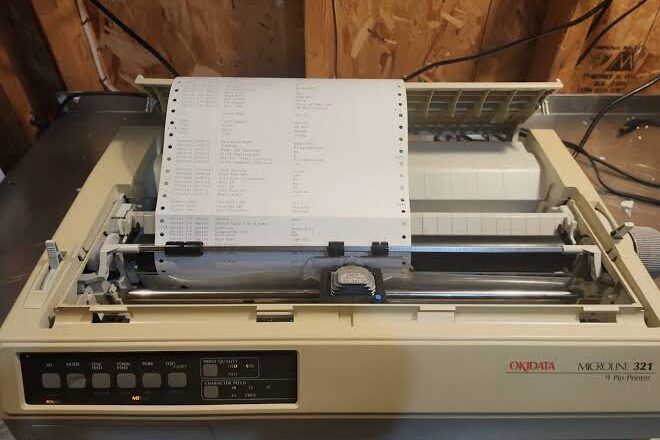
Printing in the 1990s was noisy, slow, and messy. Dot-matrix printers whined as they slowly produced papers with perforated edges you tore off by hand. If the ink ribbon was faint, the text looked barely visible. School reports often came out smudged or uneven, but they did the job. Kids today are used to wireless printers that spit out perfect copies in seconds. In the ’90s, you listened to the buzz and whines for minutes just to get one page. It wasn’t perfect, but that sound of the printer at work was strangely satisfying, proof that your assignment was nearly finished.
25. TV Guide Magazines
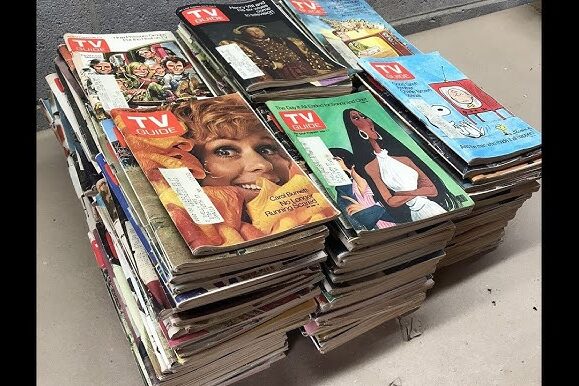
Before streaming menus, people needed TV Guide or newspaper listings to know when their shows aired. These slim booklets detailed schedules for every channel, helping families plan their evenings. If you missed an episode, you had to wait until the network decided to rerun it, which could take months. Today’s kids scroll through endless menus of options, but in the ’90s, TV Guide was the authority. Families passed it around, circling shows or tearing out pages to keep on the fridge. It might sound inconvenient now, but it made television feel like something you had to organize your life around.
26. Toll-Free Hotlines
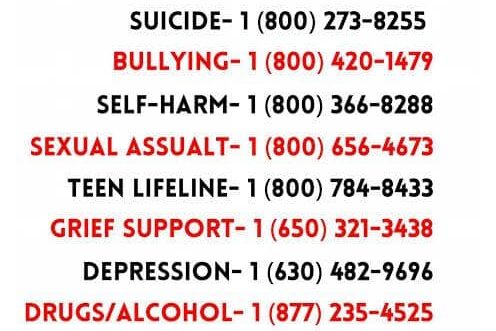
Information wasn’t instantly available. Instead, people called toll-free hotlines for everything from movie times to contest results. Dialing a 1-800 number meant waiting through recordings and long menus before you got the answer you wanted. Some kids even called numbers printed on products just to hear the automated voice. Today’s kids Google everything in seconds, but in the ’90s, the phone was your search engine. It was slow and sometimes frustrating, but it was part of daily life. Those hotlines now seem outdated, yet they were once the most reliable way to get details quickly without leaving your home.
27. Cassette Singles (Cassingles)
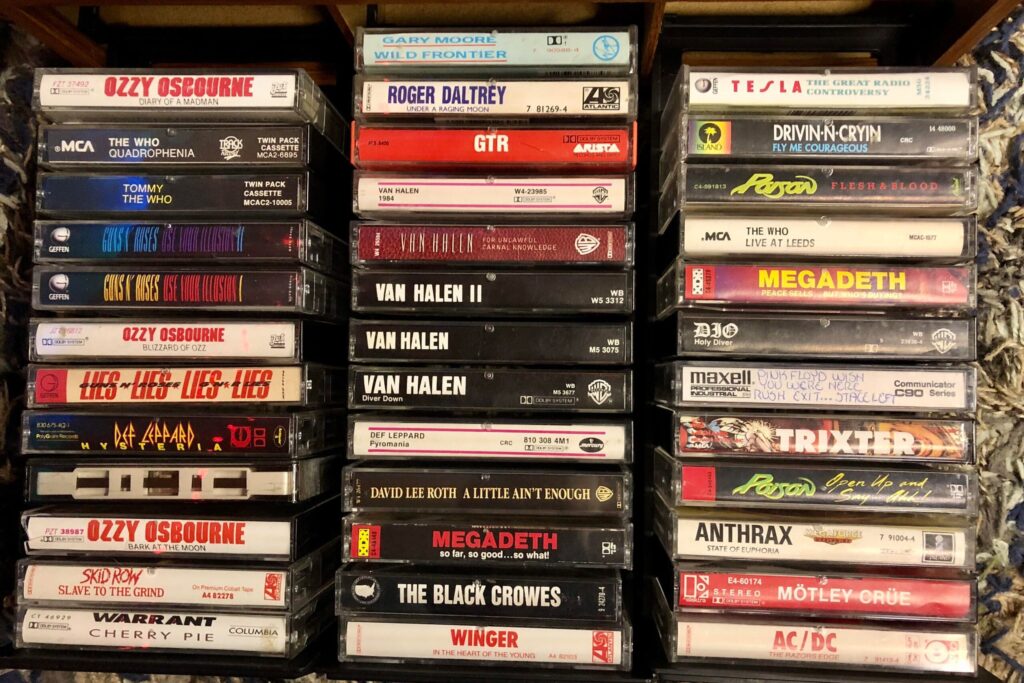
Albums could be pricey, so record stores sold cassette singles, or cassingles, for those who only wanted one song. You bought the tape, popped it into your Walkman, and rewound it over and over again. Sometimes there was a B-side track, and you either loved it or ignored it completely. Kids today press repeat on digital players endlessly, but in the ’90s, you physically rewound to hear your favorite song again. It was a simple joy, carrying that little tape everywhere, playing the same tune until the ribbon wore thin, proof of how much one track could truly matter.
28. Handwriting Reports
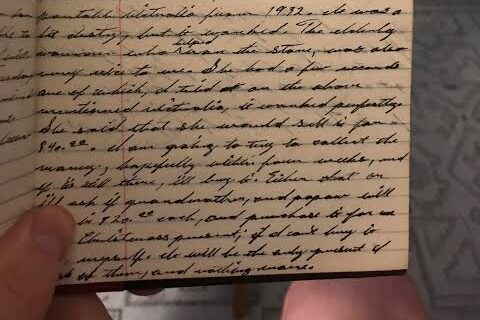
Not every household had a computer, so many kids wrote entire school reports by hand. Some used clunky electric typewriters if they were lucky, but even then mistakes were difficult to fix. White-out became a best friend, but too many errors meant starting over completely. Today, kids press backspace to erase instantly, but in the ’90s, every sentence felt permanent once it hit the page. Teachers expected neat handwriting, and late-night writing marathons often left fingers cramped. It was tedious, but it taught kids to focus carefully on each word, a practice lost now in a world of instant editing.
29. Adjusting Rabbit Ears on TVs
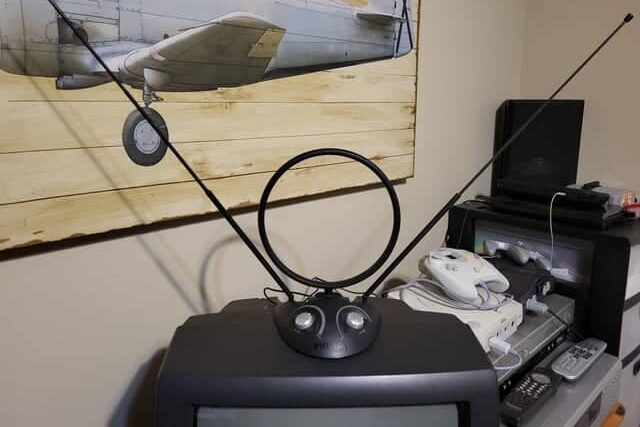
Getting a clear picture on your television wasn’t automatic. Sets came with metal antennae called rabbit ears, and you often had to twist or wiggle them to improve the signal. Sometimes wrapping them in foil seemed to help. Sitting through static or ghostly double images was part of watching TV. Kids today enjoy crystal-clear streaming without a second thought, but in the ’90s, entire evenings were spent adjusting those antennae, hoping for a stable picture. It could be frustrating, but when the screen finally cleared, it felt like a victory, and the show became even more satisfying to watch.
30. Waiting for a Ride Without Contact
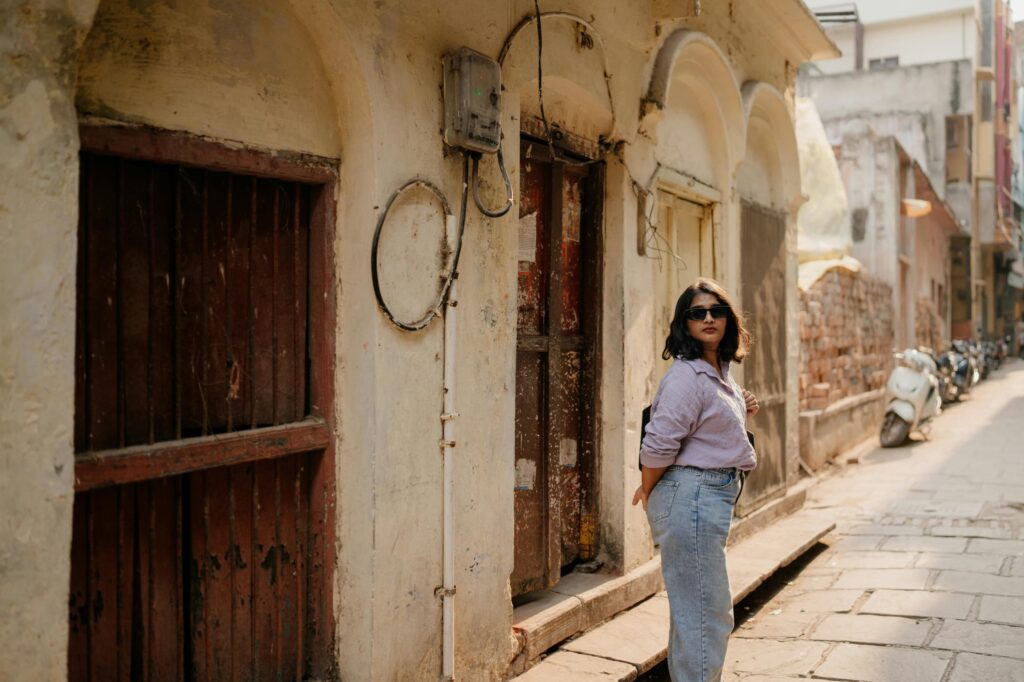
If you arranged a ride in the 1990s, you waited exactly where you were told, with no way to check in. There were no texts to say I’m outside or running late. You stood at a curb or outside a mall entrance, trusting your ride would appear. If plans changed, you could be stranded for hours. Kids today track rides in real time, but in the ’90s, trust and patience were your only tools. It wasn’t always convenient, but it created resilience
This story 30 Everyday Things We Did in the 1990s That Kids Today Won’t Even Recognize was first published on Daily FETCH


